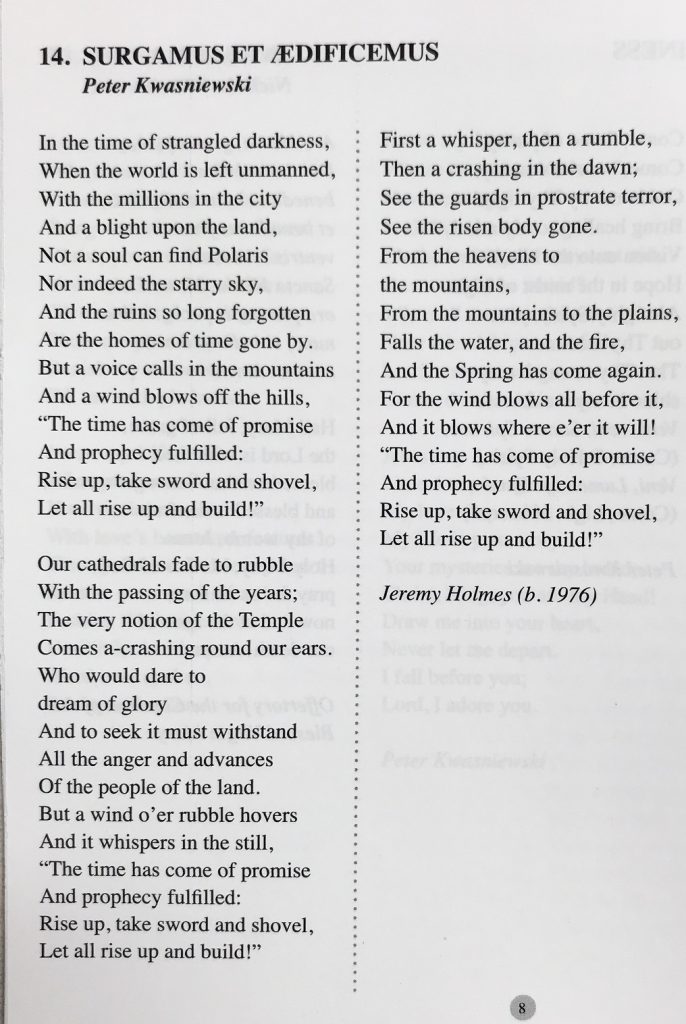Over the past two years I have studied Maritain’s aesthetics with great enjoyment. I even taught an art history course and used it as a chance to find out whether Maritain’s theory can help students in a practical way. (The answer was, “Yes!”) When I turn to others who have written on aesthetics, like Gilson, they seem clumsy in comparison. Unfortunately, many interpreters of Maritain also seem clumsy to me, so it might be helpful to others if I set out what I took away at least from Maritain’s major work, Creative Intuition.
What follows is not only a summary but also an interpretation of Creative Intuition. I aim to set down what he meant, but I spell out some ideas that he left implicit and others that may have remained implicit in his own understanding. Maritain had in mind a theory with many parts that make up a system, but he never wrote a summary chapter to bring all the parts into explicit relation, and as a result I think he never asked himself some questions that inevitably occur to the reader. Here is an outline, according to me.
Continue reading “Maritain on art: a summary and synthesis”


